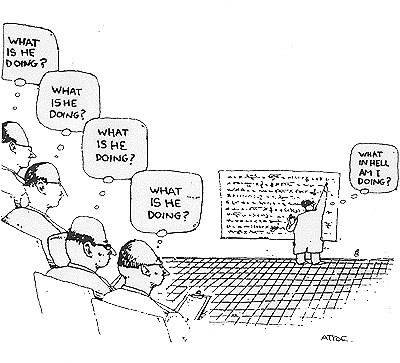Introduction to Measurement and Statistics
Introduction to Measurement and Statistics (PSYC/SOCI 2750) is for the university student who wishes to gain an understanding of basic statistical concepts. Knowledge of these concepts is essential for the reading of technical journals in one's field and basic research design. In other words, no matter whether you are sitting by the fireplace catching up on your reading about depression or working on a new treatment method, knowing when and how to use measurements and statistics is fundamental. The basic concepts to be covered are:- the contrast between descriptive and causal research
- types of measurement
- the use of descriptive statistics to summarize research results
- the use of inferential statistics to draw conclusions based on a sample(s) drawn from a population.

No prior statistical knowledge is required for this class. Classroom techniques that will be used to achieve the course objectives will include lecture, active problem solving sessions, online practice problems, homework, and examinations.
Syllabi
Link to VassarStats
Link to World Classroom
Introduction to Measurement and Statistics
In-Class Frequency Table Problem
Understanding ANOVA visually. You will see that you can change the size of the groups (within groups variance) as well as change the distance between each of the groups (between groups variance). When you make changes, you will see the F-ratio change.
Correlation and Regression Scatterplot fun! You will see that you can add and take away points on the graph and it will tell you how each change impacts the regression line as well as the correlation coefficient! This is a good way to learn about scattergrams and how these graphs relate to correlation coefficients and regression.
Practice Pages
- Types of Studies
- Tables and Graphs
- Measures of Central Tendency
- Measures of Variability
- Standard Scores
- Correlation and Linear Regression
- Confidence Intervals
- t-tests
- ANOVA
- Two Factor ANOVA
 |  |